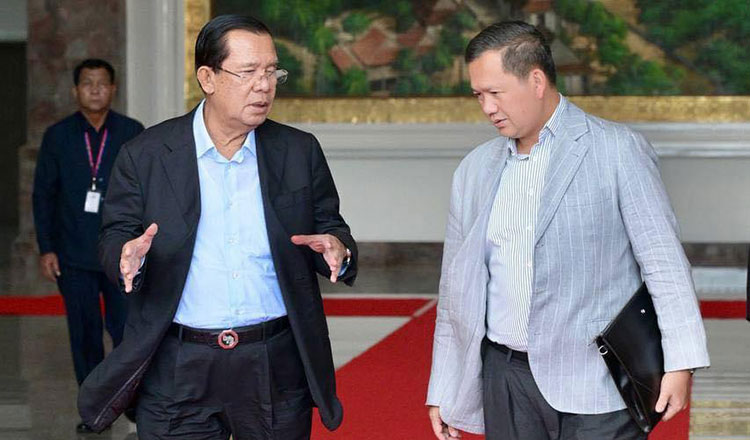PHNOM PENH — In the context of the ongoing border tension, Cambodia’s stance remains unwavering despite repeated violations of the Ceasefire Agreement by the Thai side: the nation chooses peace through strategic restraint. While reports continue to confirm Thailand’s repeated provocations and encroachments on Cambodian territory, Cambodia has consistently refrained from immediate retaliation, prioritizing national life and long-term stability.
This action is not a sign of weakness, but rather the execution of a crucial lesson championed by the nation’s top leadership: utilizing international law and diplomacy as the strongest shield for national defense.
Thailand: The Aggressor and Violator of International Law
The fact confirmed by the Royal Government of Cambodia is that the Thai side initiated the attack and the encroachment on Cambodian territory. This pattern began with initial clashes in border areas like Ta Moan Thom and Ta Krabey temples, leading to the loss of Cambodian military lives and escalating regional tension.
Crucially, even after agreeing to a ceasefire, the Thai side has allegedly continued activities that violate the agreement—notably attempting to unilaterally reinforce military positions and establishing new patrol routes in disputed areas or areas recognized as Cambodian sovereign territory.
These repeated violations place Cambodia in the position of a victim with clear evidence, while Thailand is seen as the party violating border laws and international agreements.
The Core Lesson: Peace as a Political Victory
The invaluable lesson Cambodia derives from this event is that maintaining calm and restraint is a strategy that brings about political and diplomatic victory:
- Avoiding the War Trap: Cambodia’s leaders have clearly recognized that the aggressor seeks to lure Cambodia into an armed conflict, which would destroy the full peace and economic growth Cambodia has worked decades to build. Restraint is the refusal to fall into this trap.
- Diplomacy as the Sharpest Weapon: Every Thai violation serves as critical documentation for Cambodia’s diplomacy. It strengthens Cambodia’s claim for the deployment of an ASEAN Independent Monitoring Team or other international observers to verify compliance, thereby ensuring transparency and justice under international law (especially the ICJ ruling).
- The Value of Patience: By honoring the ceasefire—even when provoked—Cambodia demonstrates its political maturity and unwavering commitment to using peaceful means and international legal frameworks to protect its sovereignty.
Appeals from the Top Leadership
In response to these tensions, Cambodia’s senior leaders have publicly called for national calm and unity:
- Samdech Akka Moha Sena Padei Techo Hun Sen, President of the Senate and President of the Supreme Privy Council to His Majesty the King, unequivocally stated: “Cambodia desires peace. Cambodia wishes to live well with good neighboring countries and friends, and desires a border of peace, friendship, cooperation, and development. This is the unchangeable stance of the Royal Government.”
- Prime Minister Samdech Moha Borvor Thipadei Hun Manet emphasized that the use of military force is the absolute last resort, reserved only for cases of direct infringement on Cambodia’s sovereignty and territorial integrity.
Both leaders have specifically appealed to all Cambodian citizens to remain calm and avoid panic, urging them to place their full trust in the Royal Government’s response. The Government is utilizing every available mechanism—military, diplomatic, and legal—to protect national interests.
In summary, the restraint being exercised by Cambodia is the highest form of national strength. It is a solemn declaration that Cambodia refuses to let border instability destroy the bedrock of peace, which remains the most precious achievement for national development.

